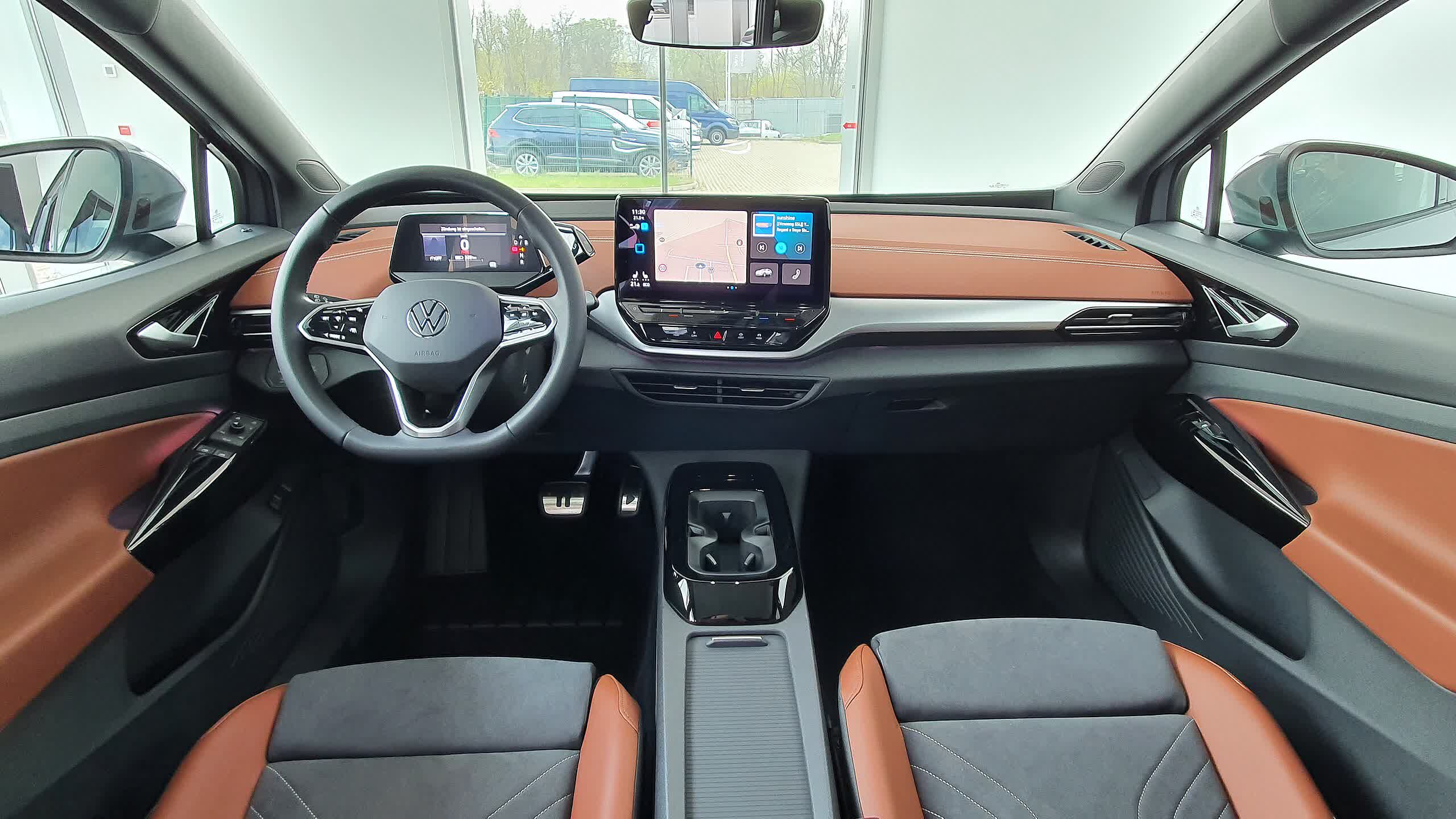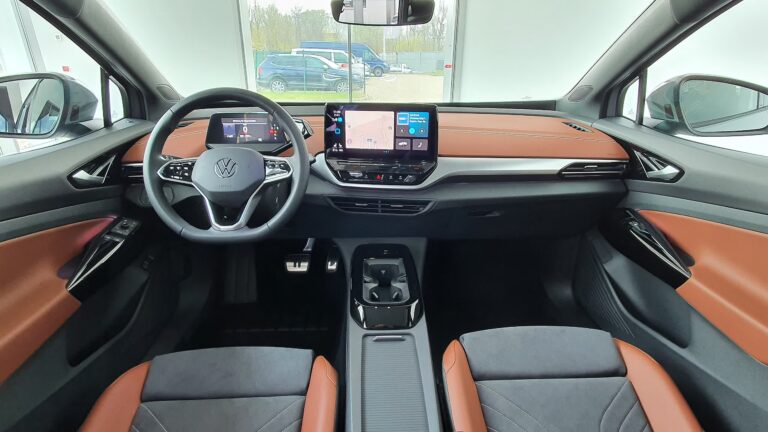For over 25 years, TechSpot has been a trusted source for tech analysis and advice. In a surprising move, Volkswagen has announced it’s reversing its recent design trend of removing physical buttons from its vehicles. The company is now bringing back essential controls for key cabin functions in response to customer criticism and growing safety concerns about touchscreen-based infotainment systems.
According to Andreas Mindt, Volkswagen’s head of design, eliminating physical buttons in favor of touchscreen controls was a mistake that won’t be repeated. The first model to benefit from this change will be the Volkswagen ID 2all, a budget electric car scheduled for release in Europe in 2026. The returning physical controls will include knobs and switches for critical functions such as sound system volume, individual heating controls, fan operation, and hazard lights.

The physical buttons won’t be limited to the center console. Drivers will also benefit from additional steering-wheel controls that reduce driving distractions. Mindt emphasized that physical buttons provide tangible feedback that allows drivers to keep their eyes on the road, addressing a significant safety concern with touchscreen interfaces.
The decision comes amid ongoing debate in the automotive industry about the balance between digital modernization and practical safety. While touch controls are cheaper to produce and fit today’s digital landscape, they aren’t necessarily the best choice from a safety perspective. Recent studies have supported this view: a Swedish magazine’s test found drivers using physical controls (in a Volvo V70) performed better than those relying on touchscreens. More recently, the European New Car Assessment Programme stated that vehicles need physical controls for at least five cabin functions to achieve their highest safety rating.
While Volkswagen is bringing back physical controls for essential functions, touch interfaces will continue to play a significant role in their center consoles, featuring larger screens and more advanced human-machine interfaces. The company is striking a balance between modern digital technology and practical, safe physical controls. This approach allows drivers to benefit from both worlds: intuitive digital interfaces for complex functions and reliable physical controls for essential operations.



